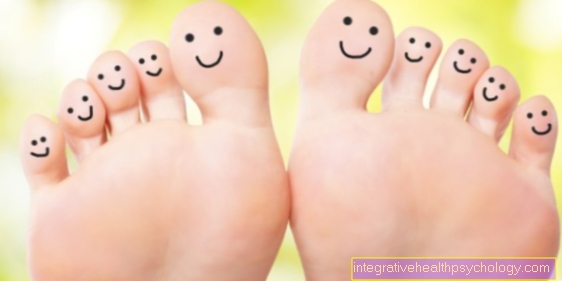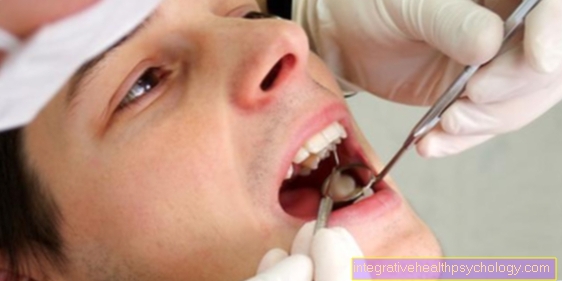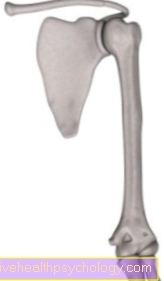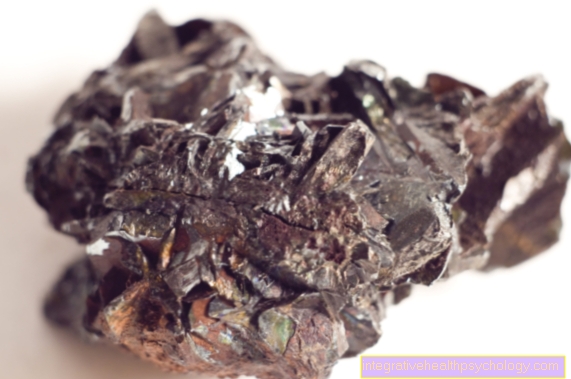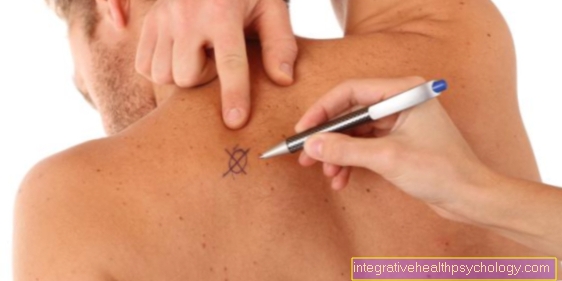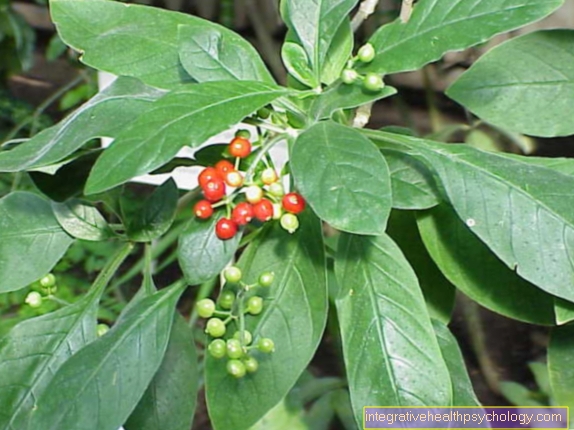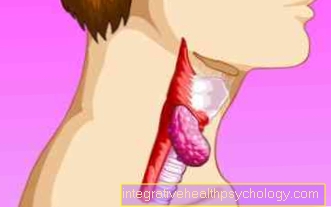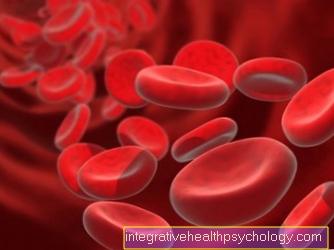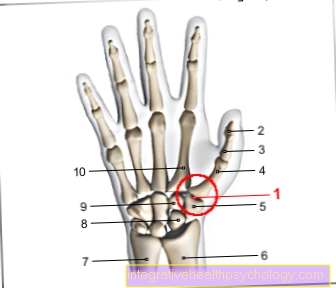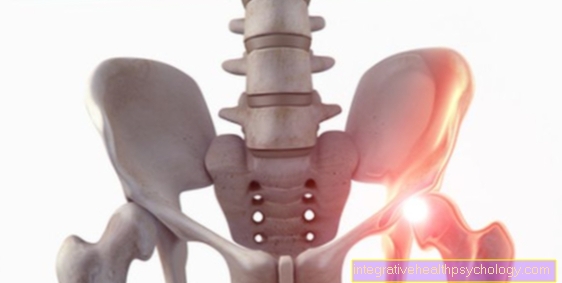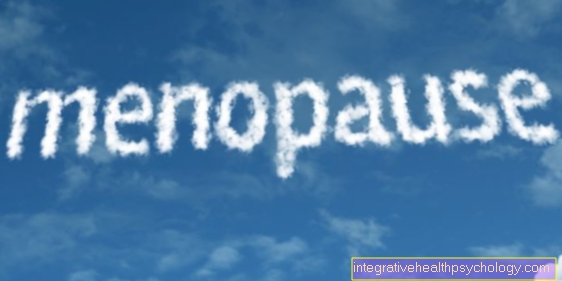Course of shingles
introduction
The course of shingles is characterized by different phases. After a kind of “incubation period” of decades, shingles proceeds in two phases.
The first phase is characterized by general symptoms. In this phase, no skin symptoms are noticeable. Depending on which parts of the body the shingles manifested, this phase can lead to various misinterpreted complaints.
In the second phase, the characteristic rash appears. The course of the rash is again divided into three sub-phases. In unfavorable conditions, a third phase develops after the disease has ended. This phase is chronic and is associated with chronic pain.

incubation period
Since shingles is not a new infection, it is not possible to identify a “correct” incubation time in the classic sense. But if you define the time in which the viruses have already been in the body as the incubation period, shingles has a very long incubation period. This can take decades
The reason for this is the connection with chickenpox. It is the same viruses that cause these two diseases. After surviving chickenpox, the so-called varicella-zoster viruses are stored in a kind of collection point for nerve cell bodies. These collection points are called ganglia. They are located in the spinal cord and the nuclei of the cranial nerves. The viruses often lie dormant there for decades and, if the immune system is intact, for life. However, when the immune system is severely weakened, these viruses can be reactivated. They leave the ganglia and migrate along the affected nerve cord. They come into contact with the skin and can trigger shingles.
Read more on the topic: Shingles incubation period.
What are the signs of shingles?
The first signs are very unspecific. General symptoms and pain in a specific area of the body initially manifest themselves without any visible skin changes. E.g. Chest pain is interpreted as a heart problem or a herniated disc is suspected if there is back pain.
Abdominal pain can also be misinterpreted as gastrointestinal problems. In addition, flu-like symptoms with limb pain and headache can occur. In some cases, a fever develops. The affected patients often report a strong feeling of illness, exhaustion and tiredness.
After a few days, visible signs of shingles appear in the form of a mostly half-sided skin rash.
In what order do the symptoms come?
The order of symptoms are usually very similar. Often times, pain occurs in the affected part of the body without any visible skin changes. So there is pain in the affected dermatome. This means that the area of skin that is supplied by the affected nerve cord hurts.
Some affected people also report abnormal sensations. Often the first symptoms are tiredness, exhaustion, flu-like symptoms and fever. Nausea and stomach pain can also occur
Some people experience toothache, back pain, or other pain before the rash breaks out. Only a few days later do discrete red spots appear in the affected nerve segment. Usually, vesicles form within the next 12-24 hours.
After a few more days, the blisters merge and can become cloudy. They fill up with lymph fluid. This is a protein-containing liquid in our body, which leads to the cloudy color of the vesicle contents. There may be pain and itching. In the next few days, the blisters usually burst. Yellow-brown barks then form within one to two weeks.
If the immune system is good, skin changes and symptoms will heal completely after 3-4 weeks without any consequences.
The nerves can be damaged in immunocompromised people. Subsequent or delayed a few weeks after the completed illness can be a so-called postherpetic neuralgia arise. In this context, shingles can develop into chronic pain.
This pain is described as neuropathic pain. They arise due to damage to one or more nerves. The pain that occurs during this phase is often described as burning, electrifying, and very intense.
If the vesicles were scratched open during the illness, irreversible scars and pigment disorders can occur and remain after the illness has healed. In some cases, the rash may not show up at all. Here one speaks of one post-therapeutic neuralgia, in which pain and discomfort are in the foreground.
Course of pain
The pain is often severe right from the start. For some, the feeling of pain increases as the rash appears. Often the pain during the illness is described as dull, pulsating and sharp.
A referred pain can occur. This means the pain goes beyond the area affected by the rash.
As a rule, the pain severity correlates with the severity of the trigger. When the immune system and the drugs fight the viruses and the number of viruses decreases, the pain also decreases. If postherpetic neuralgia develops after the rash has healed, neuropathic pain may develop. This pain arises from damage to a peripheral or central nerve. In this case, one speaks of peripheral nerve damage, since a certain nerve is affected in one part of the body and not in the brain. When a nerve in the brain has been damaged, it is called a central disorder.
In both cases the pain perception system is hyperactivated. Sodium channels are increasingly being built into the brain. This leads to a more sensitive and faster pain perception. This neuropathic pain is chronic. It is independent of the trigger. It is often described as "tingling" and very strong and uncomfortable.
You can also read our article Shingles pain.
Duration
The "incubation period" lasts for decades. The time before the rash breaks out is usually a few days. The occurrence of general complaints is evident during this time. The first signs of skin appear as redness and remain for a few days.
When the first skin changes are visible, the formation of the blisters on the skin usually takes half a day to a full day. It takes about at least another day for the blisters to melt and become cloudy. But it can also take 2 - 7 days until the contents of the vesicles become cloudy, purulent yellowish. During this time, the reddening of the skin subsides. The bursting of the bubbles happens within the next few days and lasts for a few days.
The brownish-yellowish crusts and bark formations occur within 7-14 days.
If you do not count the incubation period, shingles lasts 14-28 days without complications. In the chronic course, the pain persists.
If the affected areas of the skin are scratched, permanent pigment changes and scars can develop. In particular, if necrotizing inflammation and secondary infections develop, permanent damage to the skin can occur.
More information on this topic can be found here Duration of shingles.
Course in HIV
Since the immune system is severely weakened as part of an HIV infection, shingles often lasts longer and more severe. Chronic pain often develops. At the same time, shingles can in turn impair the immune system. Controlled treatment is required here.
You can read more information about HIV here.


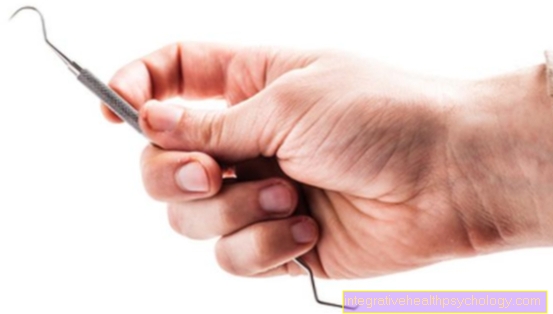

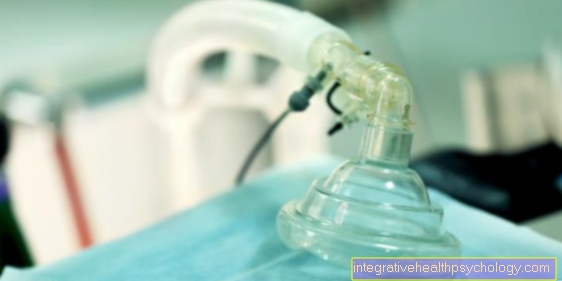
.jpg)





